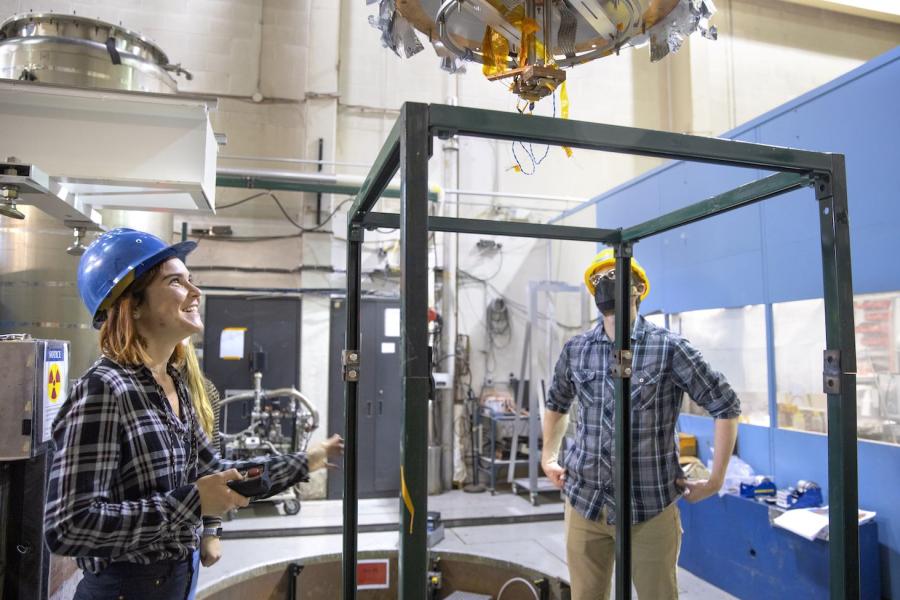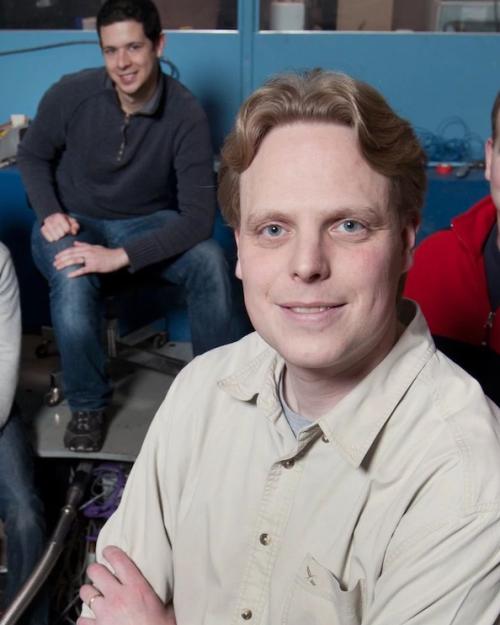As a graduate student in Germany at a national research lab, students weren’t allowed to do many thing for themselves. My advisor sent me to Cornell for six months to learn how to do things. In Newman Lab, the students do everything – how to use the clean room, how to solder, etc. So after I finished my Ph.D. I came back to Newman Lab and Cornell.
The work of our group is centered around superconductors, especially what happens if you expose them to microwave fields. What we’re doing is quite diverse; it starts from atomic scale material science, how to grow superconductors, then scales up to actually building real components for accelerators that could be ten meters or so. We go from the atomic scale to large structures, from theoretical to applied engineering work once we develop the technology for actual applications. It’s very interesting work, very interdisciplinary. It’s a big group, a big effort that I enjoy.
Superconductors are special materials that have unique properties if you cool them down to very low temperatures. The main property we are using is that once they are cold enough an electric current can flow without any resistance in these materials. They can be used to enable very energy efficient applications. My group is working to help fundamental science be more energy sustainable. For example, accelerators use enormous amounts of electricity. By employing superconductors you can reduce the power consumption very substantially to what’s greener science.
There are many applications for our work, such as superconducting magnets, which are used in quantum computing and also in MRI machines to produce very high magnetic fields. Superconductors are also used to transport power lines for very high currents near power plants. Wherever you have to have high currents transported efficiently superconductors become useful.
My group is working on the next generation material for superconductors beyond niobium. Over the last few decades, people have learned how to prepare the surface of niobium in the most perfect way to get the theoretical limits of that material. Now we want to go beyond that to use other materials to either make the accelerator shorter or make them more energy efficient for operating at higher temperatures. We’re exploring tin and other materials for that purpose, so we have to learn how to grow them without any defects on a large complex scale.
When an accelerator component has to be fabricated, we have to keep the inside very, very clean, so all the assembly is done in the clean room [at Newman Lab]. A single particle on a meter scale of surface can actually destroy our performance. If you were to count the number of dust particles of a certain size in normal room air, you’d count maybe 100,000 to a million particles per cubic foot. If you do it in a clean room, you will find only one, so it’s much, much, much cleaner.





